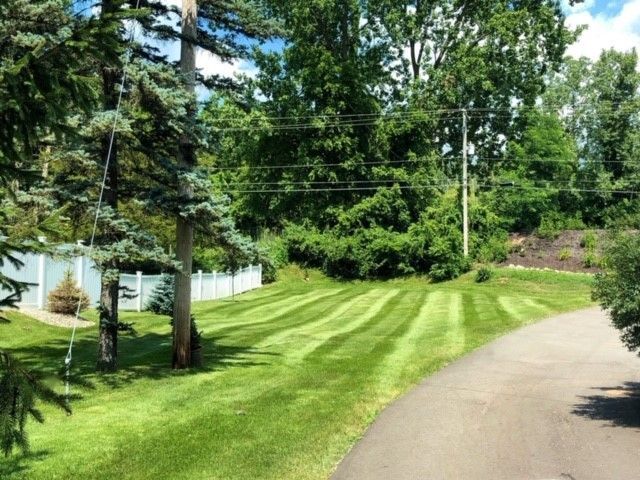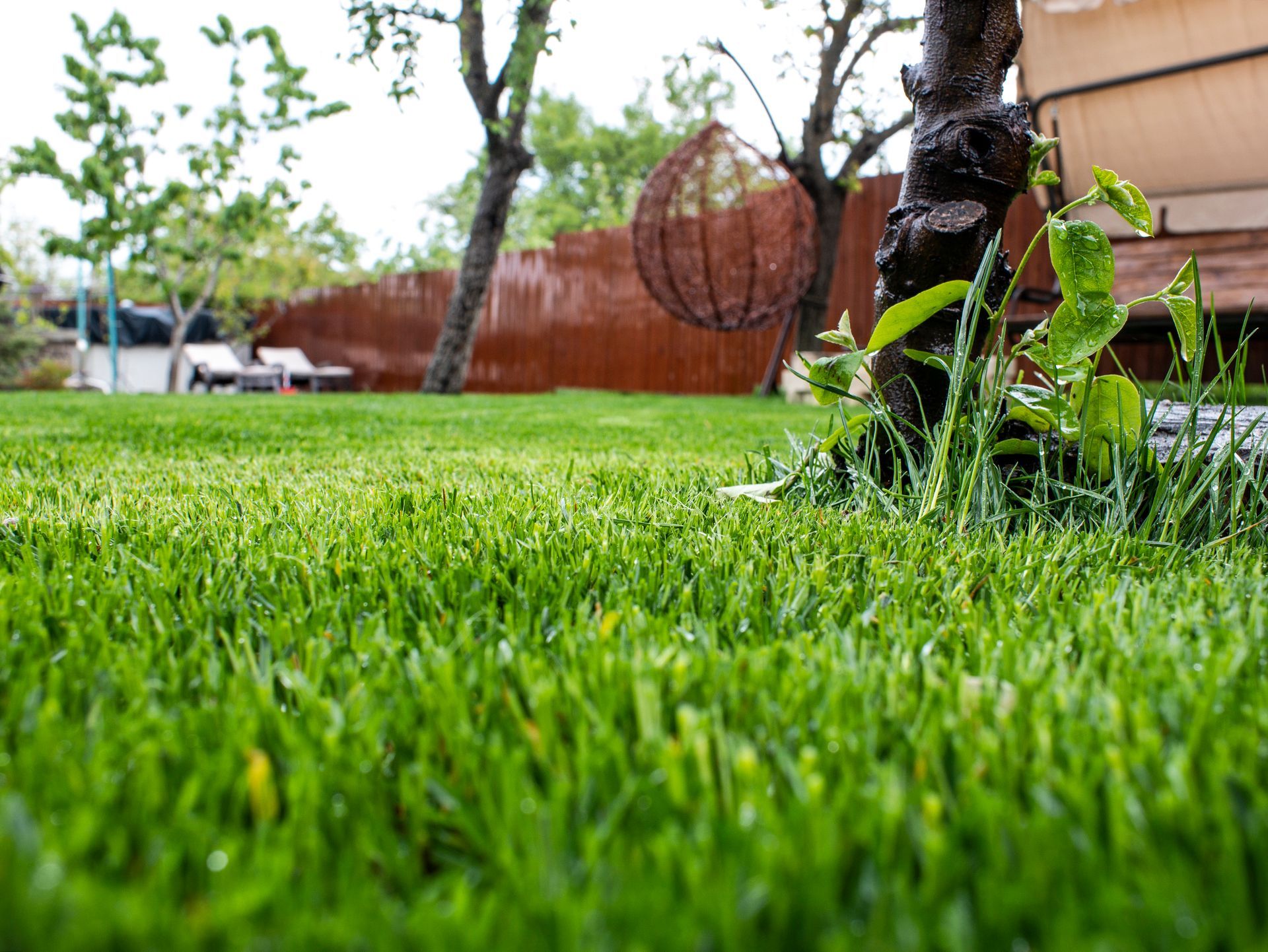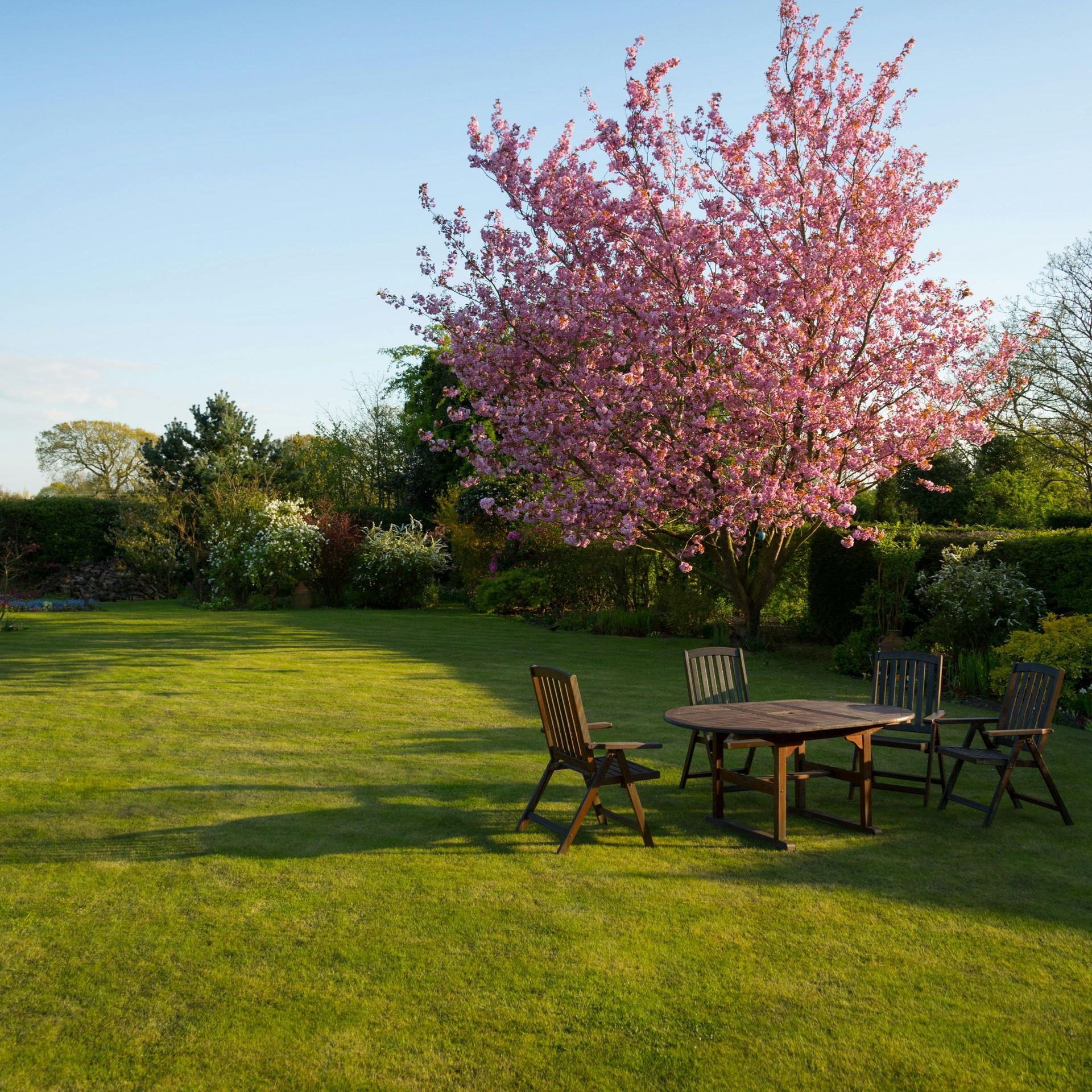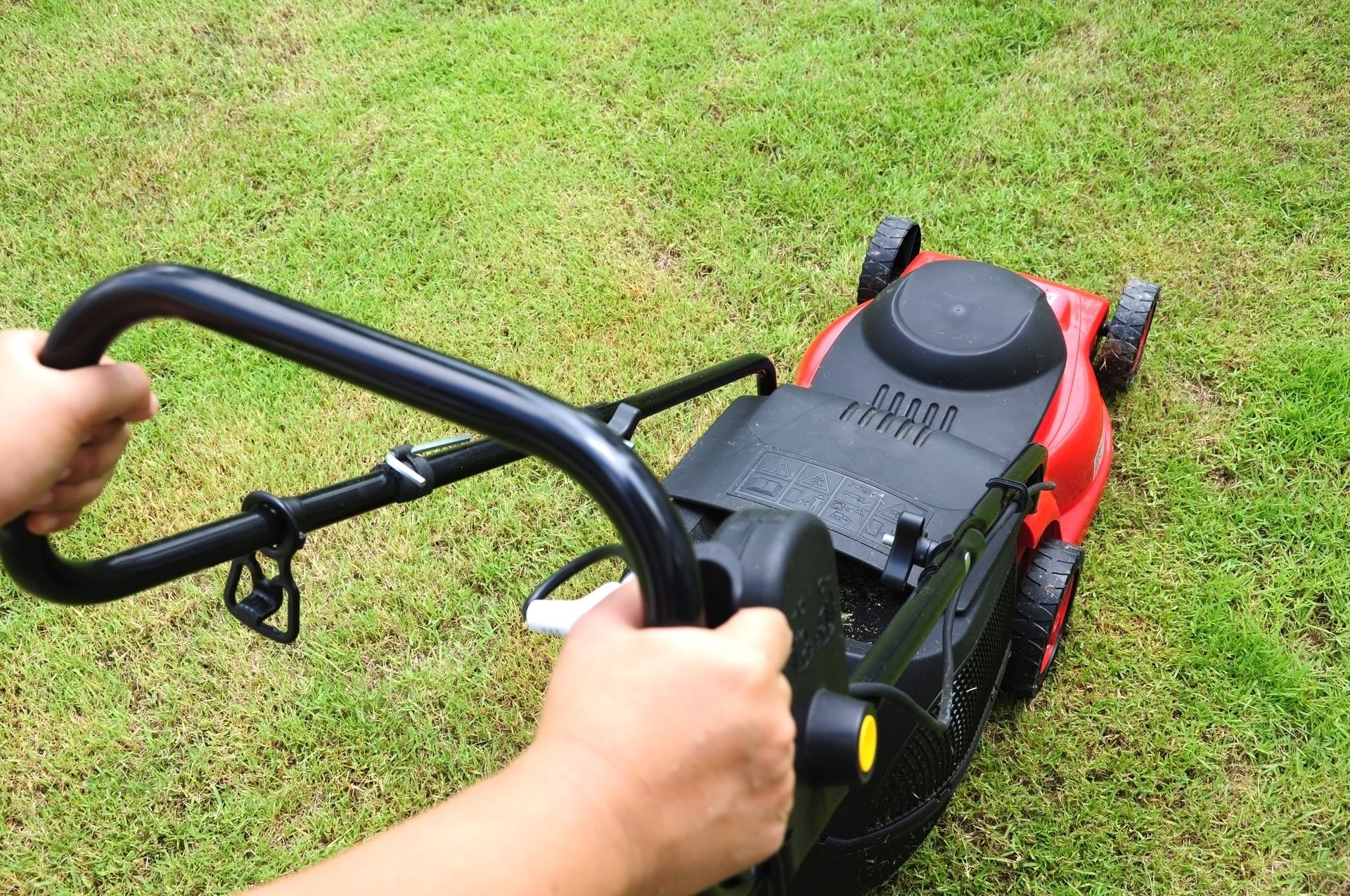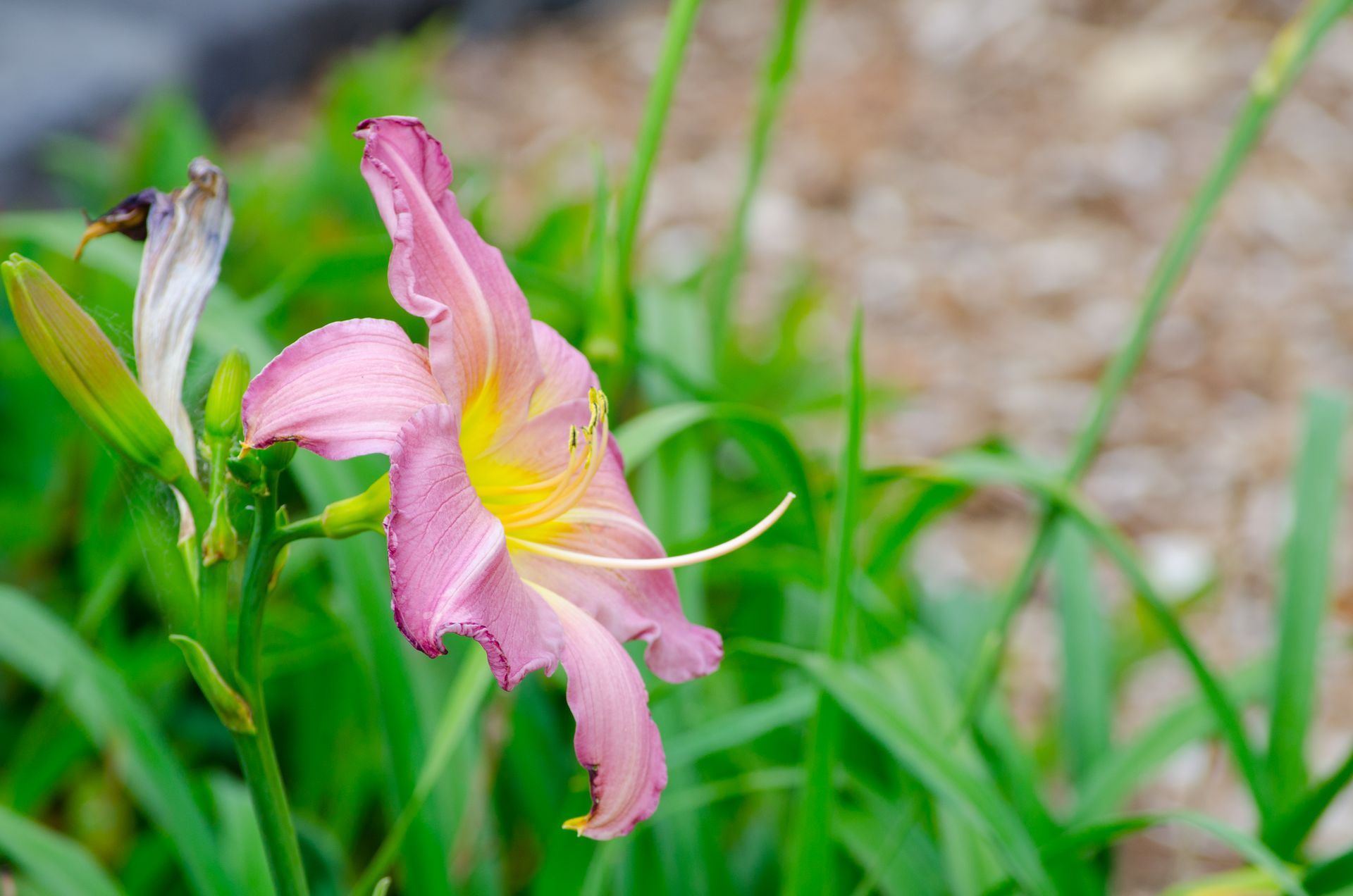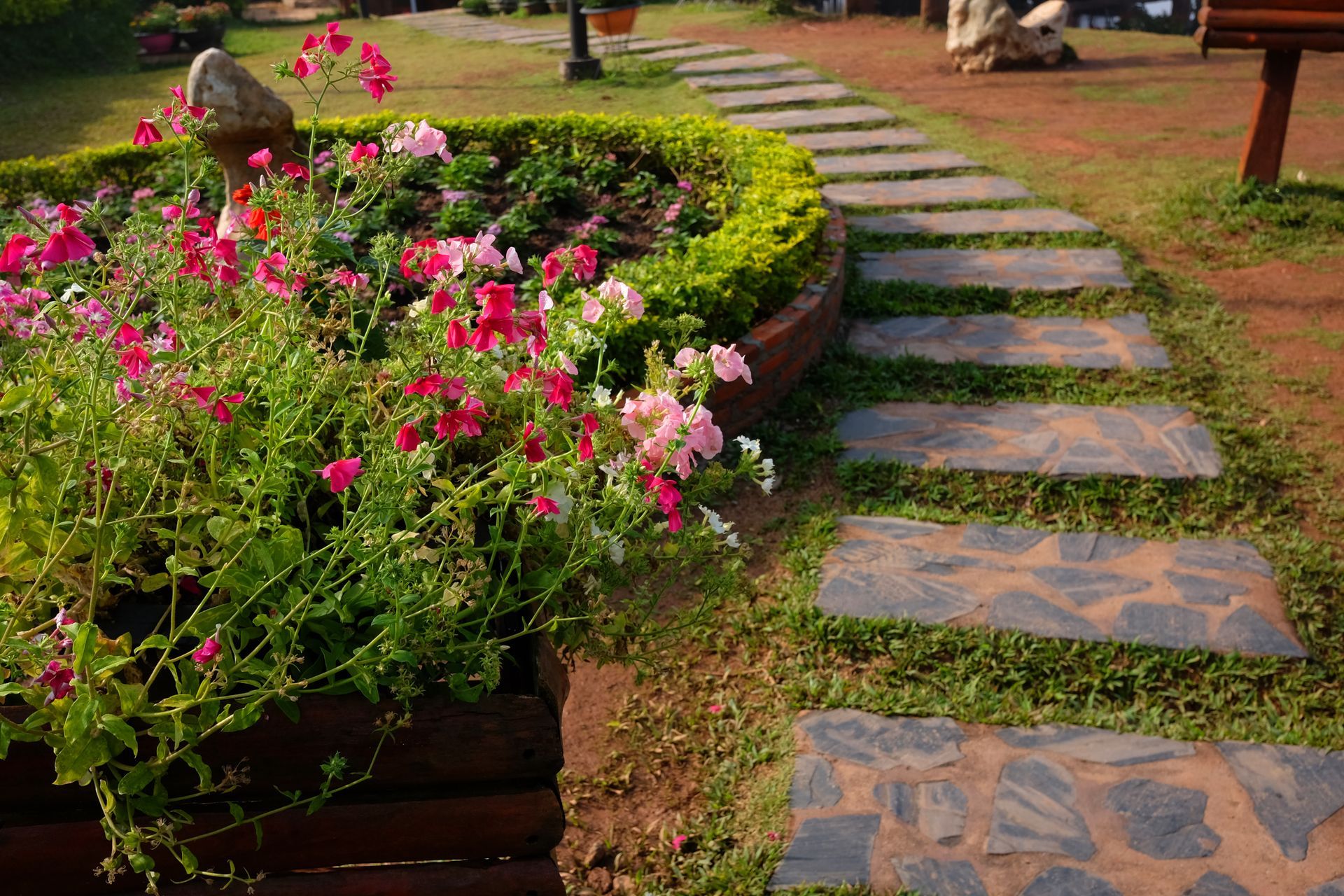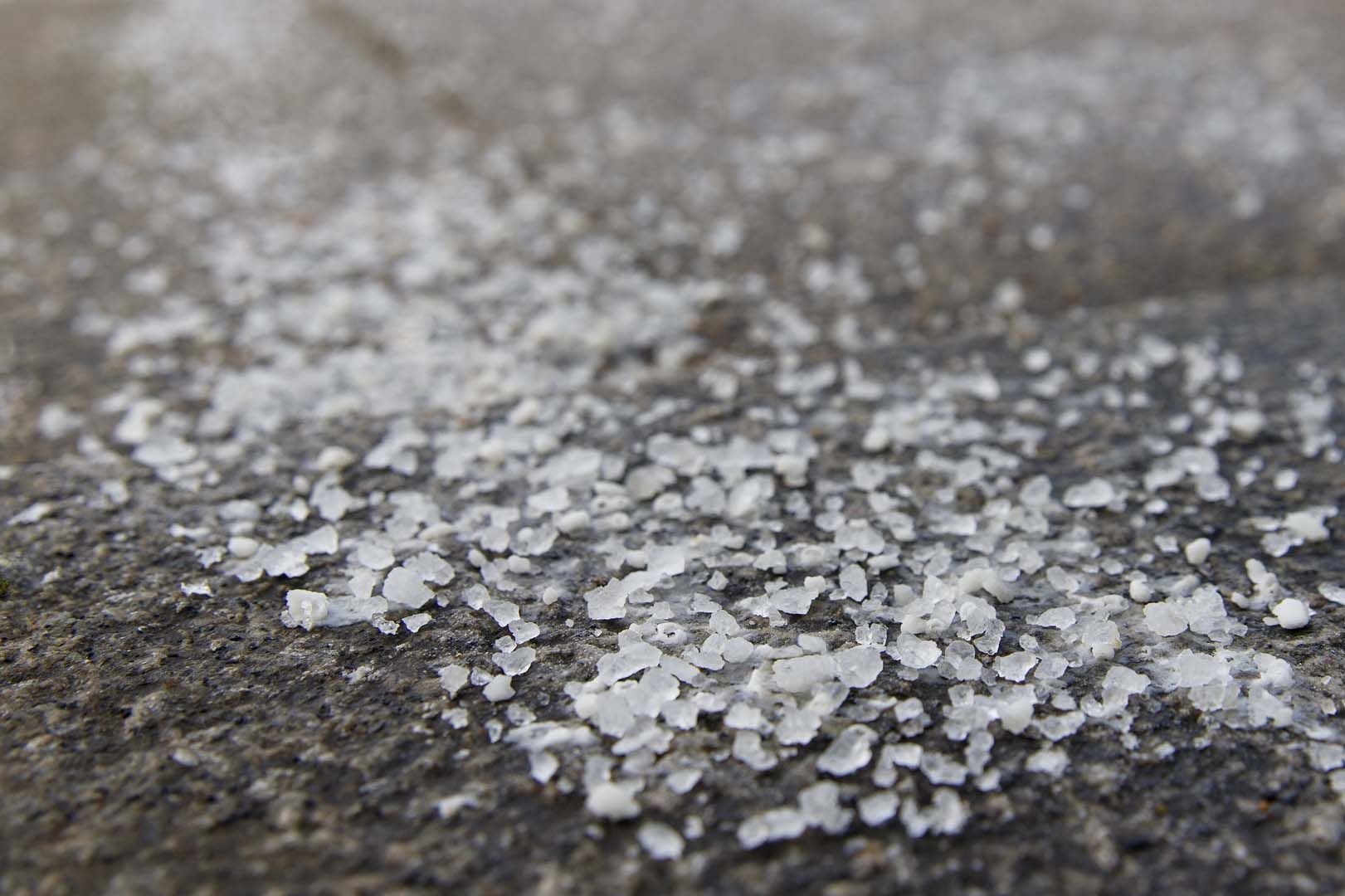MASTER GARDNER LLC
Beat the Heat: Top Tips for Keeping Your Lawn Lush in Summer
Summer in Ada, MI, brings beautiful sunny days perfect for outdoor activities, but it also brings the challenge of maintaining a lush, green lawn. The heat can be tough on your grass, leading to brown patches and a lackluster appearance. However, with the right care and attention, you can keep your lawn looking its best throughout the season. At Master Gardner, we specialize in providing Lawn Care and Landscaping services to help you achieve a healthy and vibrant lawn. Here are our top tips for beating the heat and keeping your lawn lush this summer.
Tip #1: Watering Wisely
Proper watering is crucial during the hot summer months. To ensure your lawn remains green and healthy, follow these watering tips:
Timing is Everything
Water your lawn early in the morning, ideally between 6 a.m. and 10 a.m. Early morning watering gives the water time to penetrate the soil before the sun intensifies and dries it out. Avoid watering in the evening as it can lead to prolonged moisture on the grass blades, promoting fungal growth.
Deep and Infrequent
Instead of frequent, shallow watering, aim for deep and infrequent watering. This encourages the roots to grow deeper into the soil, making your lawn more drought-resistant. Generally, your lawn needs about 1 to 1.5 inches of water per week, including rainfall.
Use the Right Tools
Invest in a good quality sprinkler system or a soaker hose to ensure even distribution of water. Avoid using handheld hoses, as they can lead to uneven watering and water wastage.
Tip #2: Mowing Techniques
How you mow your lawn can significantly impact its health during the summer months. Follow these mowing techniques to keep your lawn in top shape:
Set the Right Height
Raise your mower blade to its highest setting during the summer. Taller grass provides more shade to the soil, reducing water evaporation and helping to cool the roots. Aim to keep your grass around 3 to 4 inches tall.
Follow the One-Third Rule
Practice a gentle mowing approach, removing no more than a third of the grass blade. Cutting too much grass at once can stress the plants and make them more susceptible to heat damage.
Keep Blades Sharp
Sharp mower blades make clean cuts, which reduce stress on the grass. Dull blades can tear the grass, leading to jagged edges that are more prone to disease and drying out.
Tip #3: Fertilizing for Summer Success
Fertilizing your lawn provides essential nutrients that help it stay healthy and resilient. However, it's important to do it right, especially during the summer:
Use a Slow-Release Fertilizer
Slow-release fertilizers provide a steady supply of nutrients over time, reducing the risk of burning your lawn in the summer heat. Look for a balanced formula that includes nitrogen, phosphorus, and potassium.
Timing Matters
Apply fertilizer in late spring or early summer, before the peak heat arrives. This gives your lawn a nutrient boost to withstand the stress of summer.
Don't Overdo It
Over-fertilizing can harm your lawn, leading to excessive growth that requires more water and mowing. Follow the recommended application rates and avoid fertilizing during periods of extreme heat.
Tip #4: Combatting Pests and Weeds
Pests and weeds can wreak havoc on your lawn, especially during the summer when they thrive. Here's how to keep them under control:
Identify and Treat Pests
Keep an eye out for common lawn pests such as grubs, chinch bugs, and sod webworms. If you notice signs of pest damage, such as brown patches or chewed grass blades, contact a professional lawn care service like Master Gardner to identify and treat the problem promptly.
Control Weeds
Weeds compete with your grass for water and nutrients, making it harder for your lawn to stay healthy. Regularly inspect your lawn for weeds and remove them manually or with an appropriate herbicide. Apply pre-emergent weed control in the spring to prevent weeds from taking root.
Promote Healthy Grass
The best way to keep weeds and pests at bay is to maintain a healthy, dense lawn. Follow proper watering, mowing, and fertilizing practices to encourage strong, vigorous grass growth.
Tip #5: Aeration and Overseeding
Aeration and overseeding are essential practices for maintaining a lush lawn, especially during the summer:
Aerate Your Lawn
Aeration involves perforating the soil with small holes to allow air, water, and nutrients to penetrate the roots. This reduces soil compaction and promotes root growth. Aerate your lawn in the spring or fall, and consider doing it in the summer if your lawn experiences heavy traffic.
Overseed for Thickness
Overseeding involves spreading grass seed over your existing lawn to fill in thin or bare spots. Choose a high-quality grass seed that is suitable for your region and follow the recommended seeding rates. Overseeding in late summer or early fall gives the new grass a chance to establish before the cooler weather sets in.
Trust the Masters! Contact Master Gardner Now!
At Master Gardner, we understand the challenges of maintaining a beautiful lawn during the hot summer months. Our experienced team is here to help you achieve and maintain a lush, green lawn that enhances the beauty of your home. Whether you need help with lawn maintenance, landscaping, snow plowing, and salting services, we have the expertise and tools to get the job done right. Contact us today at (616) 366-1552 to schedule a consultation and discover how we can keep your lawn looking its best all summer long.
FAQs
How often should I water my lawn in the summer?
Your lawn typically needs about 1 to 1.5 inches of water per week, including rainfall. Water deeply and infrequently, aiming for early morning watering to reduce evaporation.
What height should I mow my lawn during the summer?
Keep your grass around 3 to 4 inches tall during the summer. Taller grass provides more shade to the soil, helping to retain moisture and keep the roots cool.
When is the best time to fertilize my lawn?
Apply fertilizer in late spring or early summer, before the peak heat. Use a slow-release fertilizer to provide a steady supply of nutrients and avoid over-fertilizing during extreme heat.
How can I control pests and weeds in my lawn?
Regularly inspect your lawn for pests and weeds. Use appropriate treatments to address any issues and promote healthy grass growth to prevent infestations. Contact a professional lawn care service for expert advice and treatment.
What is aeration, and why is it important?
To give your lawn a healthy boost, aeration involves creating small channels in the soil that enhance air, water, and nutrient access for the roots. It reduces soil compaction and promotes root growth, leading to a healthier, more resilient lawn. Aerate your lawn in the spring or fall, and consider doing it in the summer if necessary.
